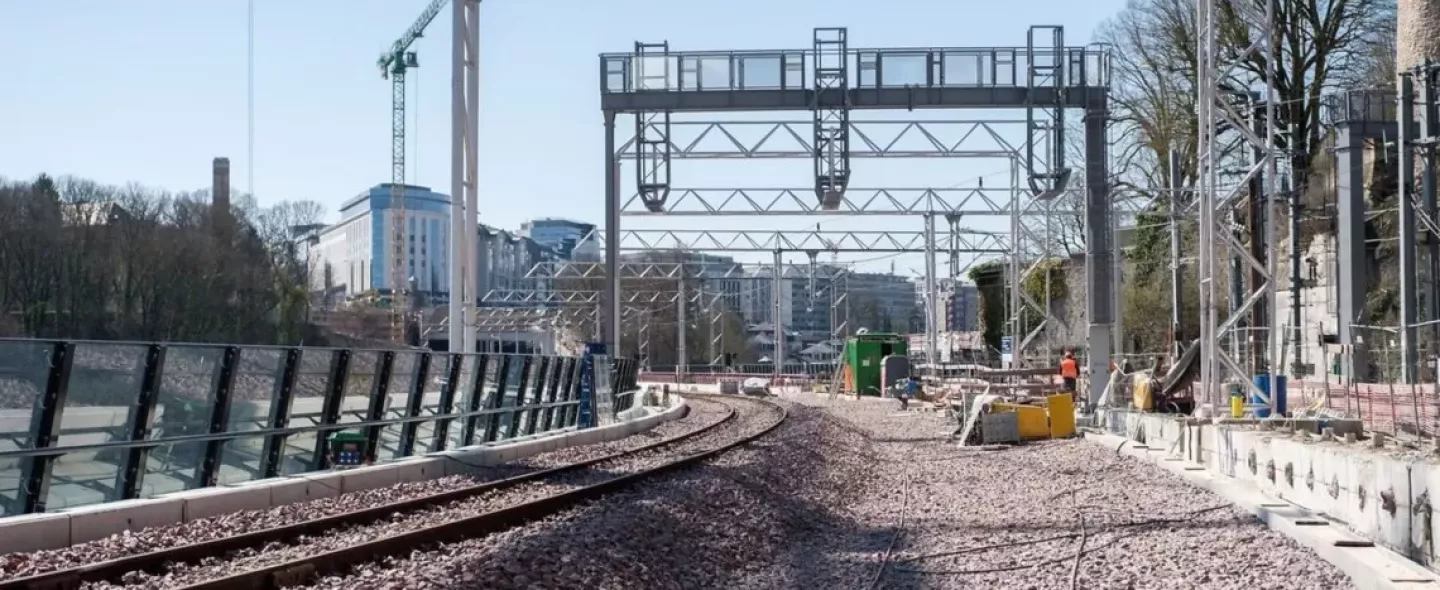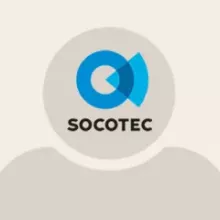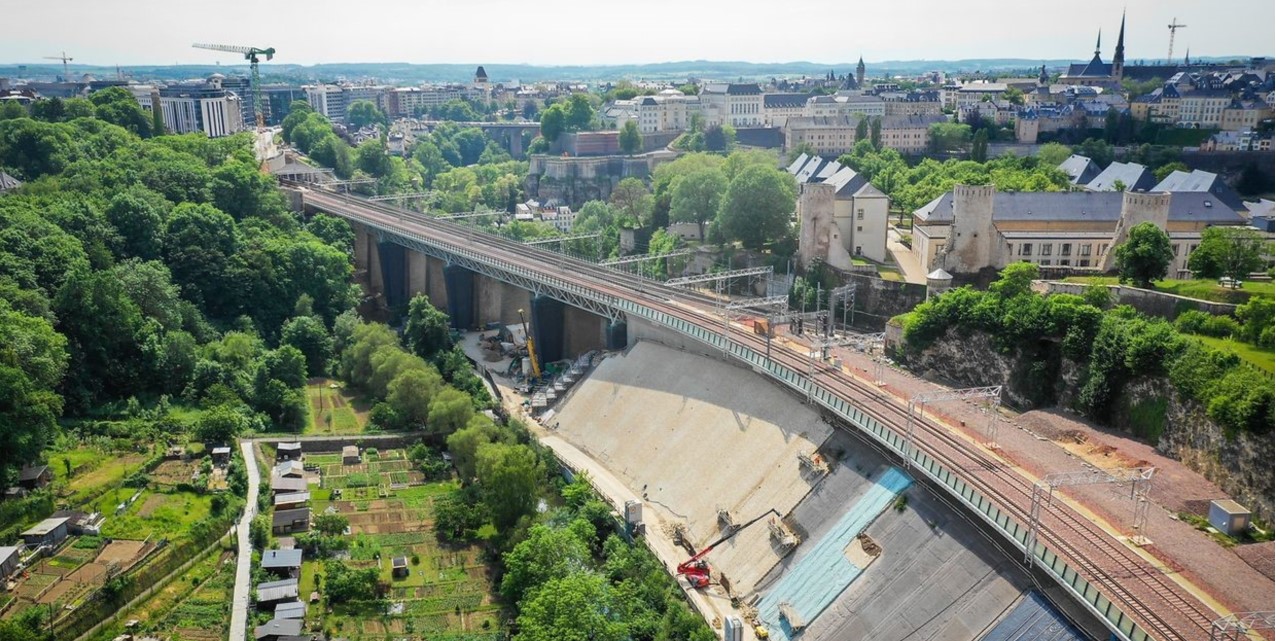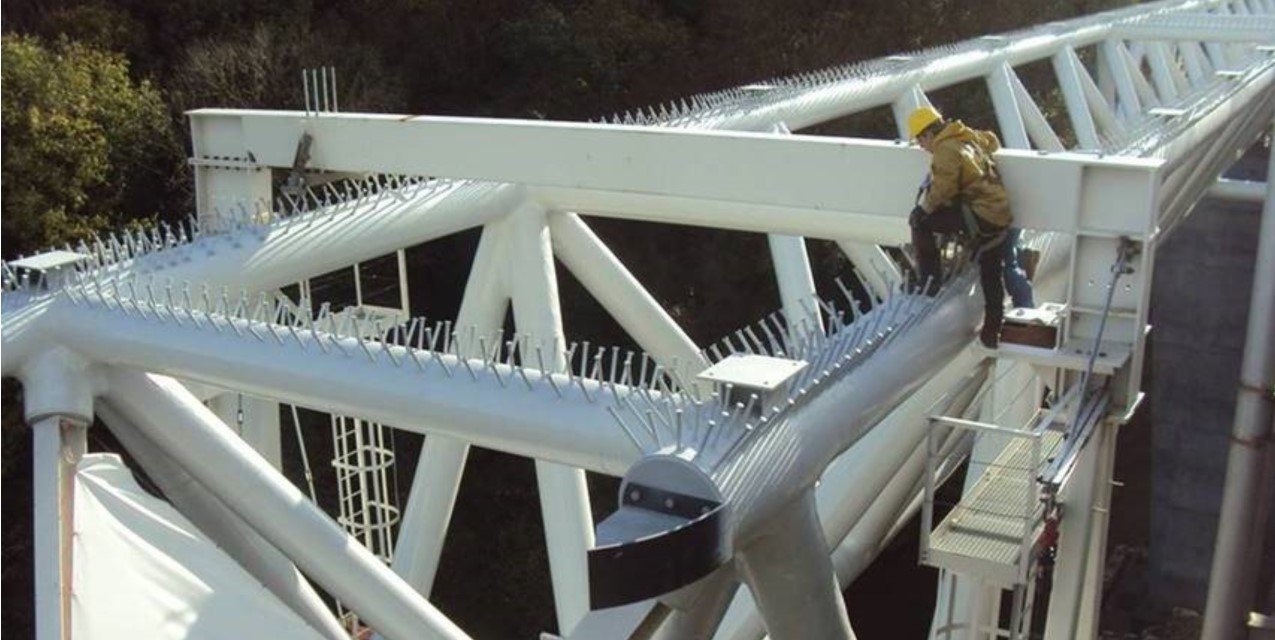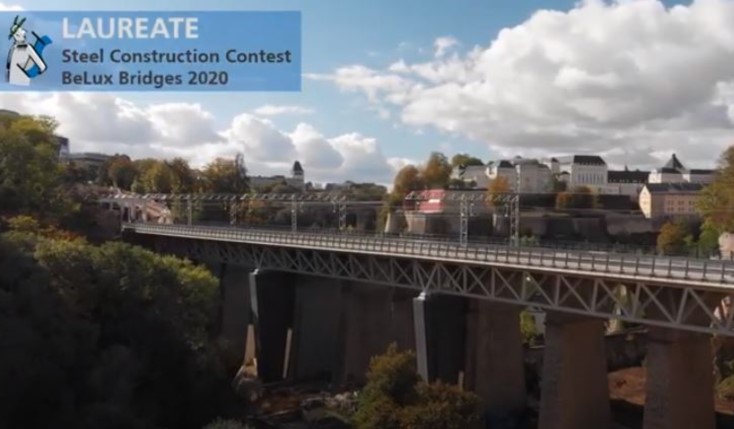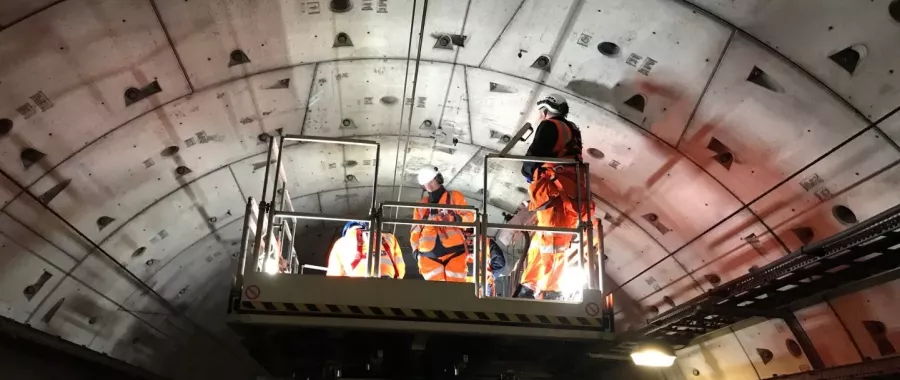SOCOTEC assisted in the analysis of technical solutions and conducted factory inspections for the steel tubes and metal nodes manufacturing.
Inaugurated in June 2019, the Luxembourg-Wasserbillig line enables to double the transport capacity and cope with traffic increase.
Key information
Project name: extension of the Pulvermühle viaduct
Date: inaugurated in 2019
Customer: Société Nationale des Chemins de Fer Luxembourgeois (CFL)
Location: Luxembourg

Talk to our experts
Project details
Following the increase in rail traffic to Belgium in the North and to Germany in the East, the National Company of Luxembourgish railway (CFL) needed to maximize the traffic capacity of the line outgoing North of Luxembourg station. It was decided to increase the number of lanes.
Classified as an official UNESCO World Heritage site, the worksite was located at the limit of this protected perimeter, it was, therefore, necessary to find the right formula to increase the number of lanes from two to four without disfiguring the authentic character of the site. An innovative solution was implemented to double the capacity of the existing viaduct.
The project consisted of:
- a tunnel opening at the station exit to pass under the Avranches Boulevard;
- followed by a mixed metal and concrete 250m long viaduct to span the Alzette valley;
- and finally, a concrete box structure above the riprap placed against the cliff and skirting the Rham plateau and the Sports Institute.
The boring of the tunnel passing under the old fortifications of Luxembourg dating from Vauban, and the borderline instability of the riprap were the biggest challenges faced by all the actors involved in the project.
As part of the Construction Acier 2020 competition, the viaduct was awarded for the supporting structure of the concrete deck. It is made of steel tubes assembled on molded metal nodes. The diameter of the tubes sometimes reaches 80cm and their thickness 8cm. Cast steel tubes can weigh up to 10T and the junction knots sometimes serve as an 8-tube junction.
Description of our role
SOCOTEC's mission consisted of:
- assisting the client in the analysis of technical solutions linked to the construction of the 3 structures through analysis of technical files, on-site inspections and liaison with the client during regular meetings;
- factory inspections, particularly in China, where the molded tubes and nodes were manufactured.
Photo credit : CFL
"When using tubular elements, the main challenge is at the knots. For a railway viaduct, checking the fatigue strength is often paramount. In the case of these cast steel nodes, it was necessary to assess the fatigue strength at the core of the cast steel."

